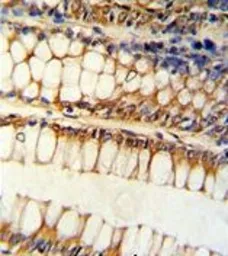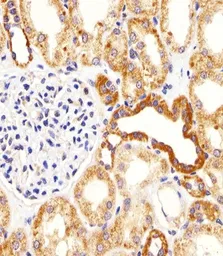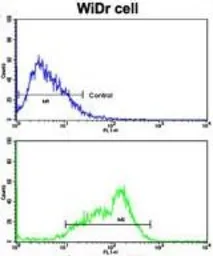Bim antibody, Internal
Cat. No. GTX81177
Cat. No. GTX81177
-
HostRabbit
-
ClonalityPolyclonal
-
IsotypeIgG
-
ApplicationsWB IHC-P FCM
-
ReactivityHuman



